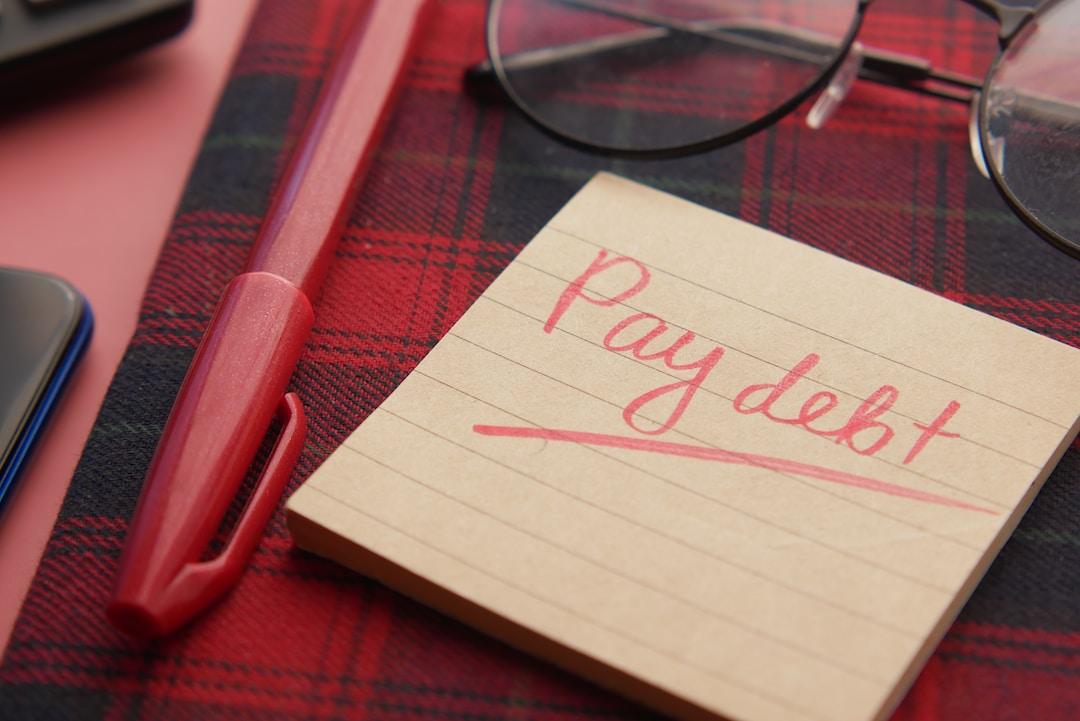Student loan forgiveness programs offer a beacon of hope for many borrowers struggling under the weight of educational debt. In recent years, the conversation around these programs has intensified, as more and more graduates find themselves seeking relief from their student loan burdens. This article aims to provide an overview of the various student loan forgiveness options available, helping borrowers navigate this complex landscape and make informed decisions about their financial futures.
Understanding Student Loan Forgiveness Programs
Student loan forgiveness programs can be a lifeline for borrowers, but understanding the eligibility requirements is crucial. These programs are often designed for specific groups of people, such as public service workers, teachers, or those working in certain healthcare sectors. Each program has its own set of criteria, which can include the type of loan, the borrower’s occupation, and the number of payments made. For those wondering, “Who can advise me about student loan forgiveness,” it’s wise to consult with a financial advisor or the loan servicer for personalized guidance.
Navigating the eligibility criteria can be daunting, but it’s essential for taking advantage of these programs. Some forgiveness options are linked to income-driven repayment plans, which adjust monthly payments according to income and family size. After a certain number of years on these plans, any remaining loan balance may be forgiven. However, borrowers should be aware that forgiven amounts might be considered taxable income, impacting their financial situation.
Public Service Loan Forgiveness (PSLF)
The Public Service Loan Forgiveness program is a significant option for those working in public service roles. This program forgives the remaining balance on Direct Loans after the borrower has made 120 qualifying monthly payments under a qualifying repayment plan while working full-time for a qualifying employer. Qualifying employers include government organizations, non-profits, and other public service organizations.
It’s important for borrowers to ensure they are in the right type of repayment plan and that their employment qualifies. Regularly submitting the Employment Certification Form for Public Service Loan Forgiveness is crucial for tracking qualifying payments and employment. Borrowers should note that only payments made after October 1, 2007, count towards the 120-payment requirement, which is a key consideration for long-term financial planning.
Teacher Loan Forgiveness
Teachers in low-income schools or educational service agencies might be eligible for the Teacher Loan Forgiveness Program. This program offers forgiveness of up to $17,500 on Direct Subsidized and Unsubsidized Loans and Subsidized and Unsubsidized Federal Stafford Loans. To qualify, teachers must work full-time for five complete and consecutive academic years in a low-income school or educational service agency.
The amount of forgiveness varies depending on the subject area taught. Highly qualified teachers in mathematics, science, or special education are eligible for the maximum amount, while others may receive a lower amount. It’s crucial for teachers to understand the specific requirements and ensure their school or agency qualifies under the program.
Income-Driven Repayment (IDR) Plan Forgiveness

Income-Driven Repayment Plans offer another route to loan forgiveness. These plans, including the Income-Based Repayment (IBR), Pay As You Earn (PAYE), Revised Pay As You Earn (REPAYE), and Income-Contingent Repayment (ICR) plans, cap monthly payments at a percentage of the borrower’s discretionary income. After 20 or 25 years of qualifying payments, depending on the plan, the remaining loan balance is forgiven.
While IDR plans can make monthly payments more manageable and lead to forgiveness, the forgiven amount might be taxed as income. Additionally, since these plans extend the repayment period, borrowers might end up paying more in interest over time. Therefore, it’s essential to consider the long-term financial implications when choosing an IDR plan.
Navigating the Path to Forgiveness
Ultimately, the journey toward student loan forgiveness requires a strategic approach and a thorough understanding of the various programs and their requirements. Borrowers should stay informed about changes in policies and ensure they meet all necessary criteria to qualify for forgiveness. Regularly checking in with loan servicers and seeking advice from financial professionals can help borrowers stay on track.
A Light at the End of the Tunnel
In conclusion, student loan forgiveness programs offer a potential pathway out of debt for many borrowers. However, the complexity of these programs and the stringent requirements mean that careful planning and diligent adherence to the rules are essential. By staying informed, seeking professional advice, and diligently managing their loans, borrowers can navigate their way toward financial freedom. Student loan forgiveness isn’t just a distant dream; with the right approach, it can become a reality for those who qualify.
